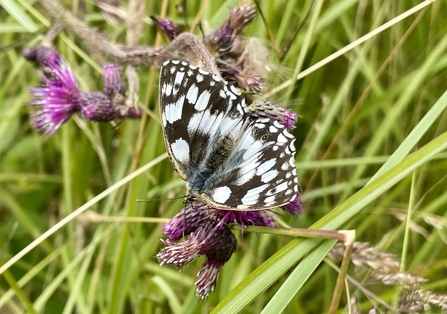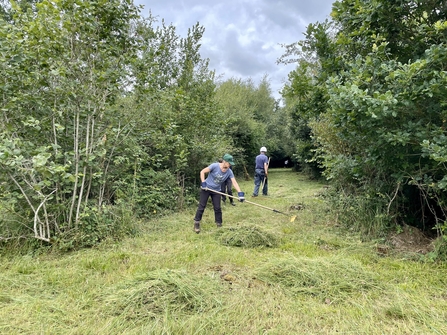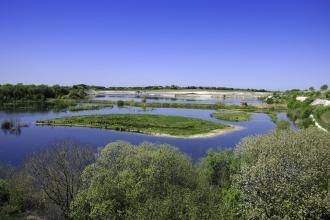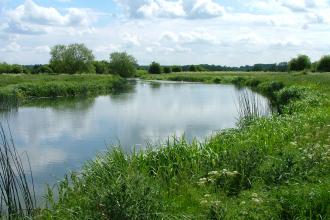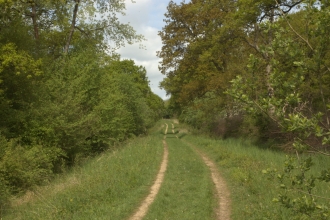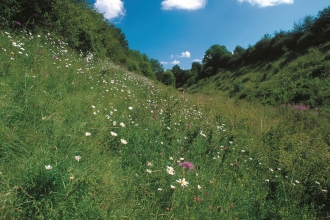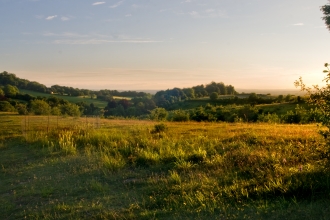July is a vibrant time in the wood. The grassy rides are abundant with butterflies fluttering from plant to plant as they source their desired nectar. Silver-washed fritillaries swoop past at speed, tantalising those determined to catch them on camera.
Marbled white butterflies take a slower steadier flight path, stopping to pose on the contrasting purple flowers of knapweed and thistle, allowing many an amateur photographer to catch a snap.rve near you


